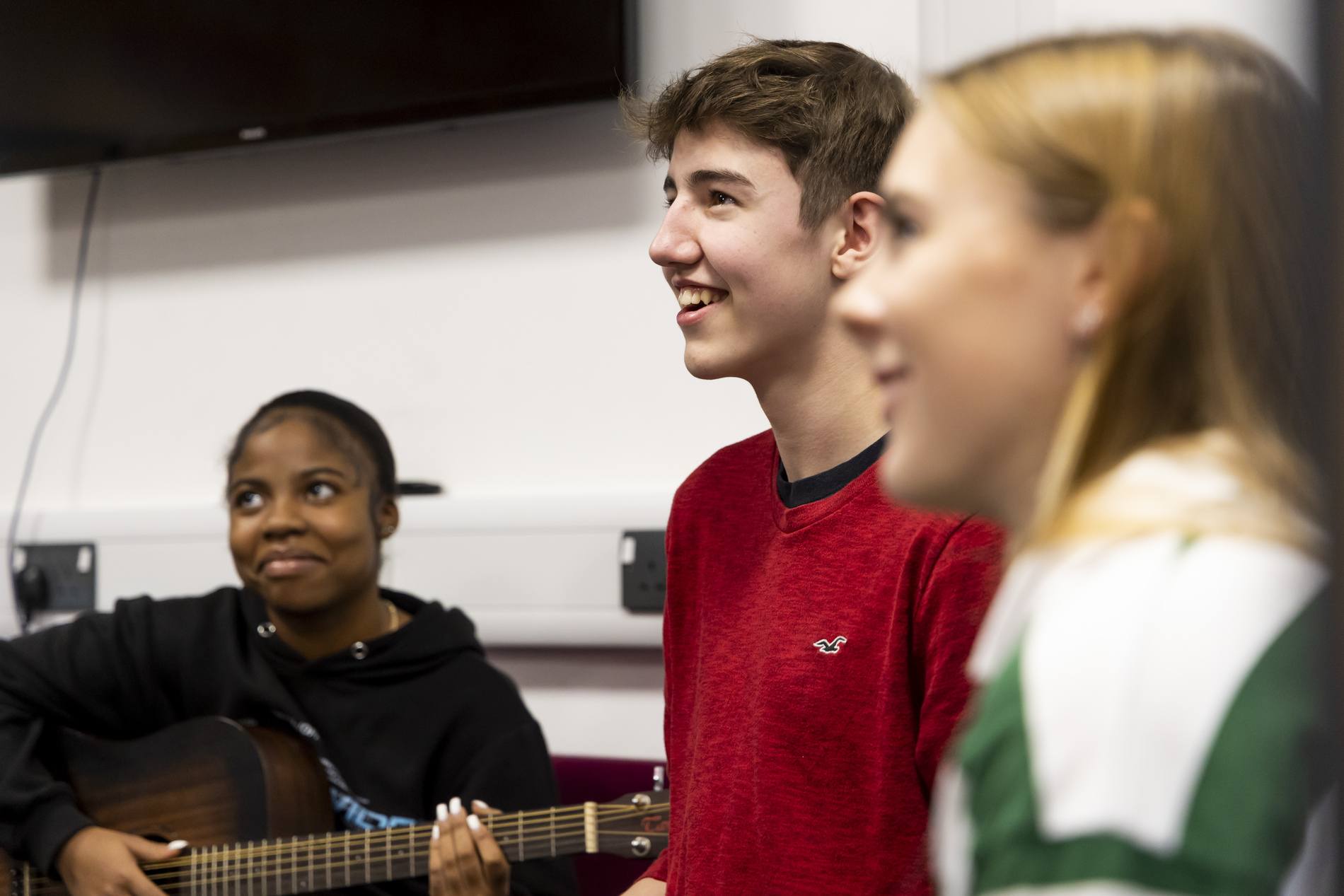Diplomas and the 14-19 Advanced Diploma
There are loads of different qualifications that you can get during your teenage years. Believe it or not, GCSEs and A-levels are not the only path that you can take. One of the lesser known types of qualifications were diplomas. The Mix is here to let you know what they were all about.

Disclaimer: This article refers to the 14-19 diploma and the 14-19 advanced diploma, which have now come to an end. The following information is provided for reference only. For alternatives, you might wanna read our article on NVQs, which offer a similar blend of practical experience and learning. After that, be sure to check out the rest of our ‘what qualification’ articles here.
What is a Diploma?
Since Diplomas no longer exist you might be wondering What is a Diploma?, or more accurately, What was a Diploma?
Well, The Government introduced Diplomas in England in 2008. Any English student between 14-19 years old could take them.
They designed Diplomas for a broad range of students and usually took two years to complete. There were multiple different levels, depending on your age and ability. Levels of learning included:
- Foundation, which started in Year 10 or 12 and was equivalent to five GCSEs at grades 1-3.
- Higher, which also started in Year 10 or 12 and was equivalent to seven GCSEs at grades 4-9.
- Advanced, which was equivalent to three-and-a-half A-levels. Or you could get a Progression Diploma – equivalent to two-and-a-half A-levels.
What was the reason for scrapping the 14-19 Diploma?
Initially the Government scrapped the launch of three new Diplomas in Science, Humanities and languages. Unfortunately, after that they decided to get rid of the 14-19 Advanced Diplomas since a lot of universities weren’t accepting them as a valid entry requirement qualification.
Where could you study for a Diploma?
The 14-19 Diploma was available for full time study in schools and colleges across England.
How did Diplomas work?
The Diploma was not generic learning behind a desk. It combined hands-on experience with classroom study. There were various aspects to it:
- Principal Learning: Your main Diploma subject.
- Functional Skills: English, Maths and ICT.
- The Project: A way to showcase what you’ve learnt. You could do a written report, or something practical, like a short film. The choice was entirely yours.
- Work experience: A minimum of 10 days with an employer. Just like any work experience helped you find out what it’s like to be in the workplace.
- Personal, Learning and Thinking Skills: Where you learned about working in a team, being creative, tips for studying and how to stay organised.
- Additional and Specialist Learning: Any optional courses agreed with your teacher, e.g. a GCSE in a foreign language.
Did the Diploma replace GCSEs and A-levels?
No, not at all. They were simply another option for you to consider. In fact, in Years 10 and 11, you could take GCSEs either as part of the Diploma (as your Additional and Specialist Learning option) or in addition to it. You could also switch between the different types of qualifications. For example, you might choose to take a Higher Diploma from 14-16, then do A-levels. Or you might do GCSEs then start a 14-19 Advanced Diploma at 16. Post-16, you could even do A-levels at the same time as a Diploma. It was entirely up to you.
What could I take a Diploma in?
As of September 2010 there were 14 subjects available. Although it should be noted that choices were limited to what was on offer locally. Regardless, generally speaking, they were:
- Construction and the Built Environment
- Creative and Media
- Engineering
- Information Technology
- Society, Health and Development
- Environmental and Land-based Studies
- Business, Administration and Finance
- Manufacturing and Product Design
- Hospitality
- Hair and Beauty Studies
- Public services
- Retail business
- Sport and active leisure
- Travel and tourism
What did the Diploma assess?
Teachers marked some elements, but you also sat externally-set tests. Your final grade was based on your grades for the Principal Learning and the Project. This meant that for the Functional Skills, Work Experience and Additional and Specialist Learning parts all you had to do is pass. The actual grade you got in any of them didn’t count towards the Diploma.
Where could I get one?
It was up to each individual school whether they offered Diploma subjects, and which ones they offered. Sometimes you’d have to attend another educational institution for part of your class work. If this was the case, though you got help with these arrangements and the school would cover your travel.
How could you use the qualification?
The Government said that doing a Diploma would keep all your options open. According to them, you would be able to get a job, an Apprenticeship or go from high school / secondary school to further study, such as college or university, after you’d successfully completed one. However, it quickly became apparent that the majority of Universities were not accepting Diplomas for either Bachelor’s degree or Master’s degree. A fact that ultimately led to their demise.
Next Steps
- Chat about this subject on our Discussion Boards.
By Nishika Melwani
Updated on 13-Jun-2022
No featured article










